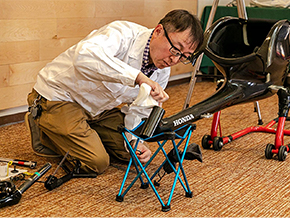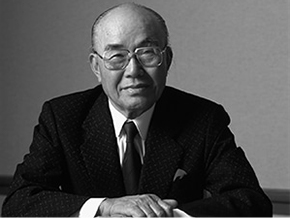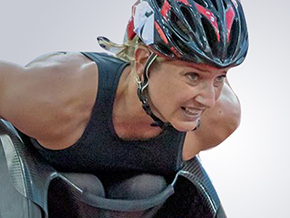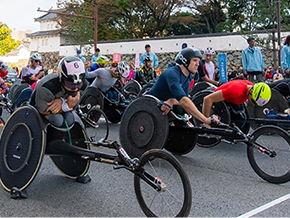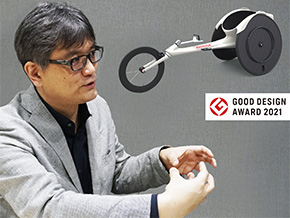- Top
- Racing Wheelchairs
- History
- Athletes
- Oita Wheelchair Marathon
- Designer Interview
Honda and its sponsored athletes take up the challenge

The Oita International Wheelchair Marathon was the world’s first international marathon solely for wheelchair users. The inaugural event took place in 1981 at the suggestion of Dr. Yutaka Nakamura, founder of the Taiyo-no-Ie welfare facility and specialist in medical care for the disabled, to mark the International Year of Disabled Persons. At present, it is an official World Para Athletics event, and has grown into one of the leading marathons in the world, attracting the world’s best athletes. Honda has been a sponsor of the event since 1990.
The 39th Oita International Wheelchair Marathon was held on November 17, 2019. A combined 236 athletes from 19 countries entered the marathon and half marathon. Honda provided support to its sponsored athletes through its team of support staff, its racing wheelchairs, and its cheer group of more than 150 associates. Through its combined power, Team Honda managed to achieve outstanding results at the marathon; it succeeded in providing athletes with the satisfaction of victory, and providing onlookers with inspiration.
Results
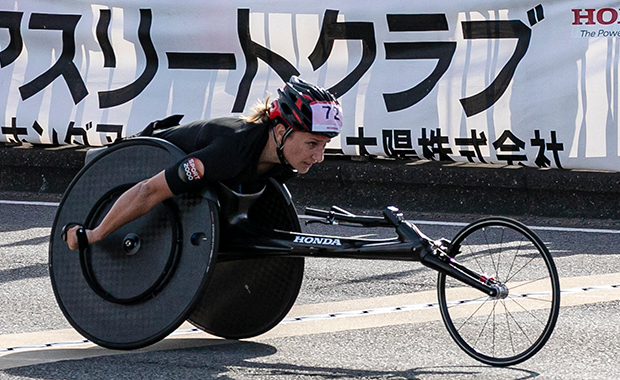
1st/Manuela Schär (in a new world record of 1:35:42)
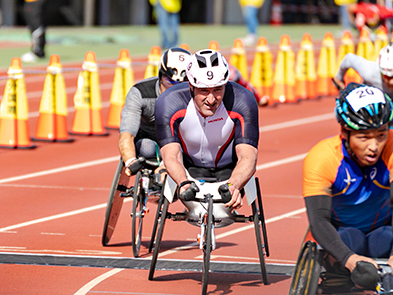
5th/1:24:00 Ernst Van Dyk
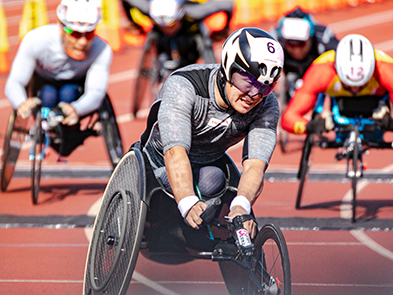
6th/1:24:01 Hiroyuki Yamamoto
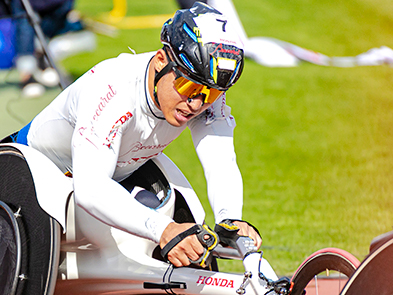
11th/1:24:04 Hiroki Nishida
Post-race comments
Manuela Schär
I managed to win and set a new world record – it was an unbelievably good race! The KAKERU FLG is truly fantastic. It was particularly good on this course, which has many ups and downs. Honda’s support is extremely dependable, and everyone was very polite before the race. Sport has a special meaning for me—it gives me inspiration and life-long memories. My next goal and motivation is Tokyo 2020.
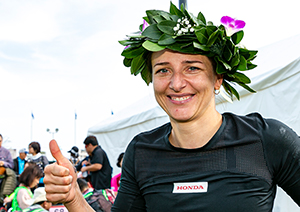
Ernst Van Dyk
I am proud of today’s result. Honda’s support team was fantastic and I was in good condition myself—and this contributed to the result. To tell you the truth, I was thinking about retiring after Rio 2016. But I then encountered the KAKERU FLG, and this gave me the motivation to keep fighting until Tokyo 2020. I intend to prepare thoroughly and compete to the best of my ability.

Hiroyuki Yamamoto
I caught the flu in the lead up to the marathon, so I was quite anxious when I lined up at the start. But, just before the race, Honda’s glove designer made adjustments to my gloves, which enabled me to push my wheels with greater stability; I was therefore able to race with greater confidence in my stamina. Adjustments are still being made to my KAKERU FLG, so I haven’t used it yet—but I’m looking forward to seeing it completed. You never know: when I receive my KAKERU FLG, I may even win my next race.

